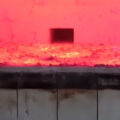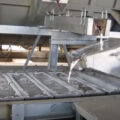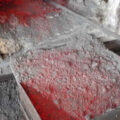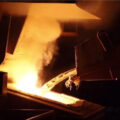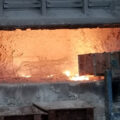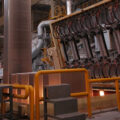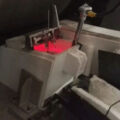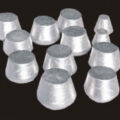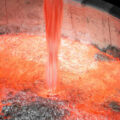Compared with conventional size ingots, the difficulty in aluminum alloy casting process of large-scale Al-Mg alloys is that due to the increase in the size of the ingots, the depth of the molten pool increases during the melting process, and the chemical composition of the molten pool is difficult to stir during the mixing process. During the aluminum alloy casting process, the ingot is rolled but the strength is not uniform, resulting in casting defects.
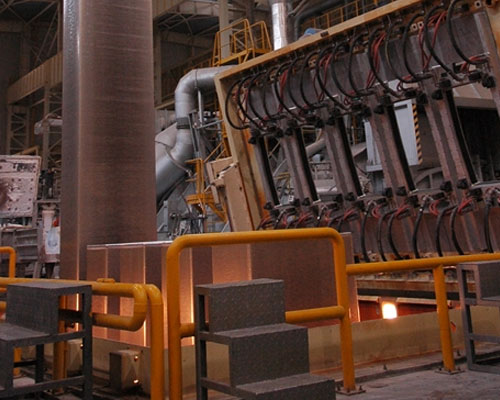
The advanced melting and casting process is adopted to overcome the difficulties, obtain qualified large-scale ingots, which met the production requirements. Through the control of the hydrogen content and the content of oxide inclusions in the aluminum liquid, combined with the characteristics of the high Mg content in the Al-Mg alloy aluminum liquid, especially the high Mg content The influence of content, the focus is on the technological characteristics and methods of the purification process of molten aluminum.
First, the refining flux is used to remove hydrogen in the holding furnace, and then the aluminum liquid online degassing system is used. Through the optimization of the nitrogen preheating method, the bubble volume expansion caused by the thermal expansion and contraction of the bubble is reduced, and the hydrogen removal is improved. The purpose of the effect. In addition, by improving the design of the geometry of the degassing box, the expansion degree of the refined gas bubbles and the increase in the cross-sectional area of the box are matched with each other to prevent the bubbles from fusing together. This can improve the hydrogen removal effect. For AA5182 alloy aluminum liquid, when the hydrogen content of the inlet aluminum liquid is less than 0.300ml/100g, the hydrogen removal efficiency can reach 50%-60%, and the hydrogen content in the aluminum liquid is controlled at 0.15ml/ Below 100g.
Aiming at the oxidized inclusions contained in the molten aluminum, a ceramic foam filter (CFF) system is adopted. Two filters are placed in parallel to improve the filtering effect while increasing the throughput of the molten aluminum. By increasing the flow of combustion air, the preheating effect of the filter is improved. Under the condition of using 50 PPI filter, for the oxidized inclusions above 20pm in the AA5182 alloy aluminum liquid, the filtration efficiency reaches more than 70%, which effectively meets the quality requirements of large-scale Al-Mg alloy ingots.
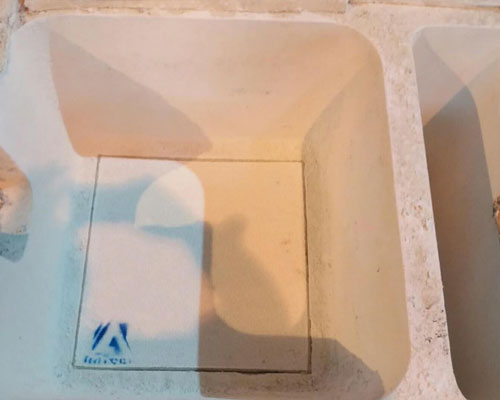
Under the conditions of LHC casting, the thickness of the Mg segregation layer on the surface of the ingot is controlled at about 15mm, which is 60%-70% lower than the thickness of the Mg segregation layer on the surface of the ingot produced by traditional DC casting, which optimizes the quality of the ingot product and reduces the surface of the ingot. Milling volume and production cost. By optimizing the cooling method and strengthening the effect of grain refinement, controlling the casting speed within the range of process requirements can effectively improve ingot defects and improve the quality of ingot products.

